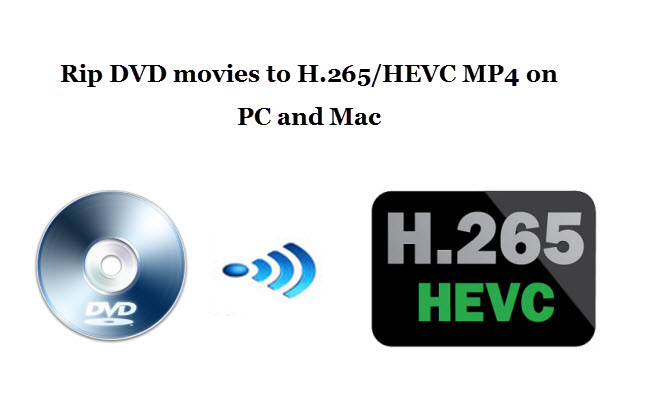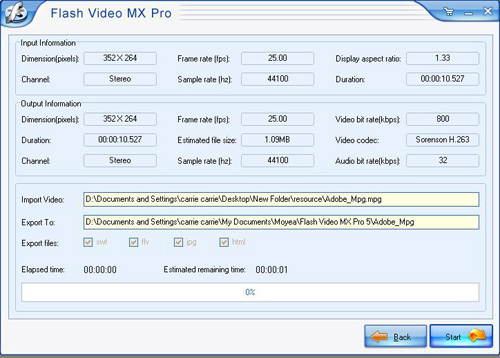
At its core is the FFmpeg program itself, designed for command-line-based processing of video and audio files.

Then, how can you convert AVI to MP4 using FFmpeg? FFmpeg is a free and open-source software project that is able to decode, encode, transcode, mux, demux, stream, filter and play pretty much anything that humans and machines have created. Part 2: How to convert AVI to MP4 using FFmpeg for Windows However, use AVI file format for TV production and a bit of YouTube, and MP4 for everything else since MP4 is accepted by more players and devices. MP4, on the other hand, uses smaller file sizes and works with almost all media players, but has an inferior video output quality compared to AVI. While AVI seems to be the better media container for quality, it uses very large file sizes, hence, may require compression to smaller file formats. Windows, Mac, Android, iPhone, iPad, etc.ĪVI and MP4 have their strengths and weaknesses, and they could be a deal breaker. Microsoft devices, Mac OS X (with extra software) Works across multiple platforms can contain metadata and Extensible Meta Data Platform, including subtitles can integrate with 3D graphics and menus versatileĬan be quite large if uncompressed compression beyond certain limits may lead to decline in quality does not support user interactivity not reliable for supporting softsubsĬodec compatibility issues may result in audio drifting out of sync with video editing requires lots of computing power since both audio and video in this format are in a single file lossy format High-quality audio fidelity can be used to make playable DVDs does not need special hardware or software to run supported by many codecs

The below table would show you the differences between AVI and MP4 file format: File type

You can see that MP4 videos are compatible with all mobile phones, including iPhone, iPad, Android phones and tablets. MP4 is a multimedia container format developed by Moving Picture Experts Group.


 0 kommentar(er)
0 kommentar(er)
